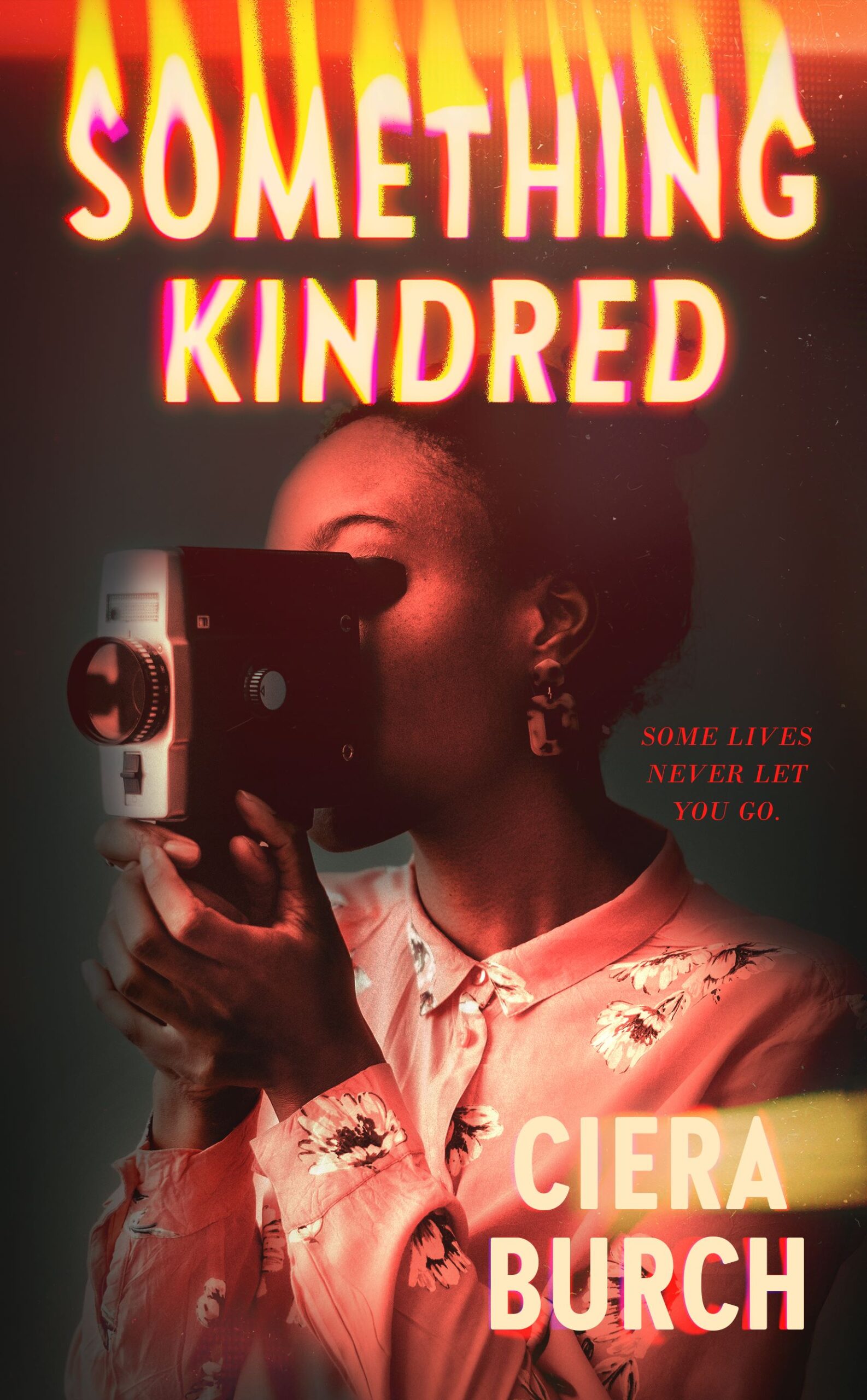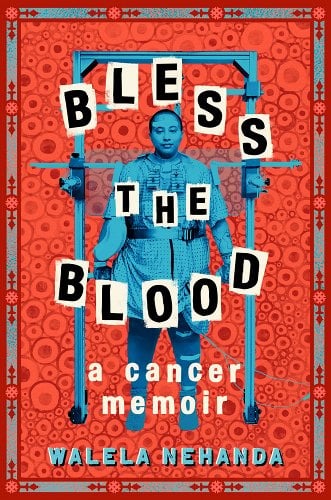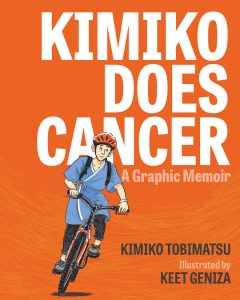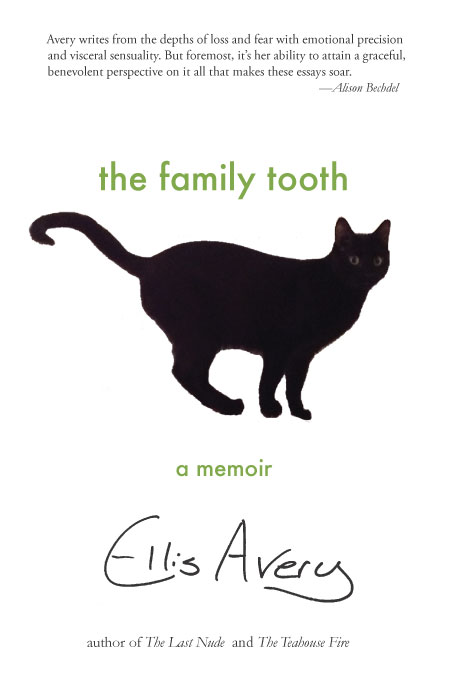Buy this from Bookshop.org to support local bookstores and the Lesbrary! When I picked this up, I was expecting a horror novel. And that makes sense, because it does have a lot of ghosts in it. But the ghosts are more a part of the setting than the plot; while they’re literally present in theRead More
A Memoir of Medical Bias—Bless the Blood: A Cancer Memoir by Walela Nehanda
Buy this from Bookshop.org to support local bookstores and the Lesbrary! Bless The Blood: A Cancer Memoir is a striking book that gets under your skin and stays there for days afterward. Though billed as a YA book, the writing and story hold a depth of feeling and insight that will engage far older readers, too.Read More
Danika reviews Kimiko Does Cancer: A Graphic Memoir by Kimiko Tobimatsu, illustrated by Keet Geniza
Kimiko Does Cancer is about about a queer, mixed-race woman getting breast cancer. This is a short book, only 106 pages, and it moves quickly: the first page is about Kimiko finding a lump above her breast, and then it moves through her diagnosis, treatment, and the aftermath. Tobimatsu explains in interviews/articles that she wantedRead More
Danika reviews The Family Tooth by Ellis Avery
As soon as I finished The Last Nude by Ellis Avery, I immediately added her to my mental list of favourite authors, despite the fact that it was the only thing I’d ever read by her. Some stories are like that. The Family Tooth is a very different book, but it definitely has helped secure her placeRead More



